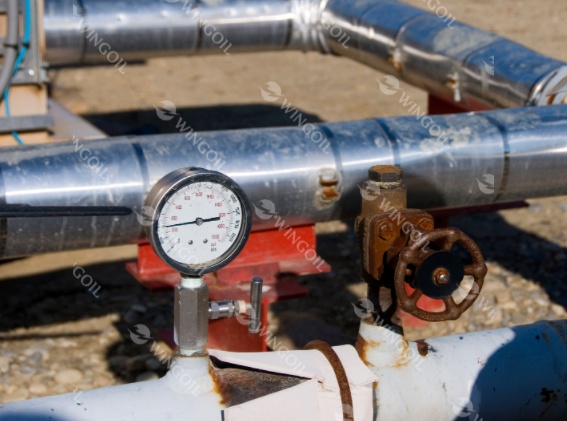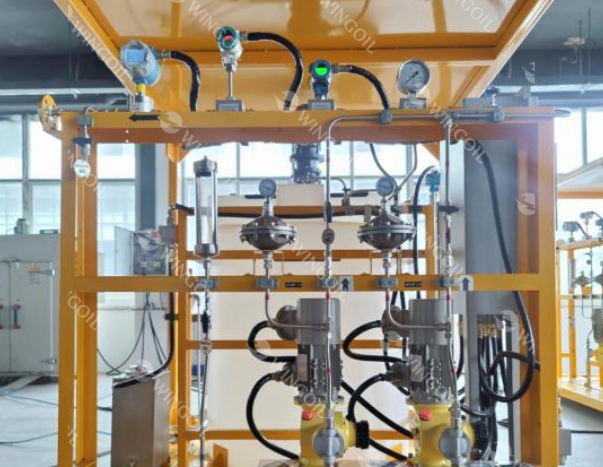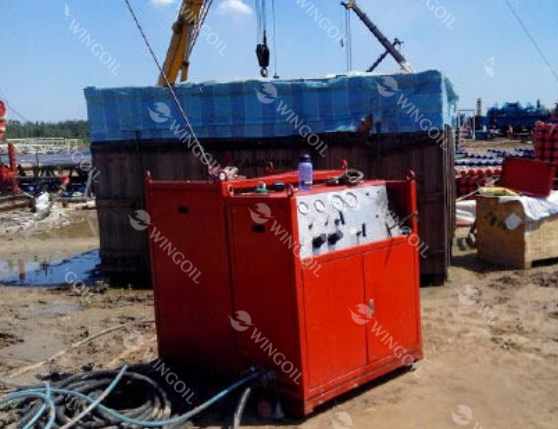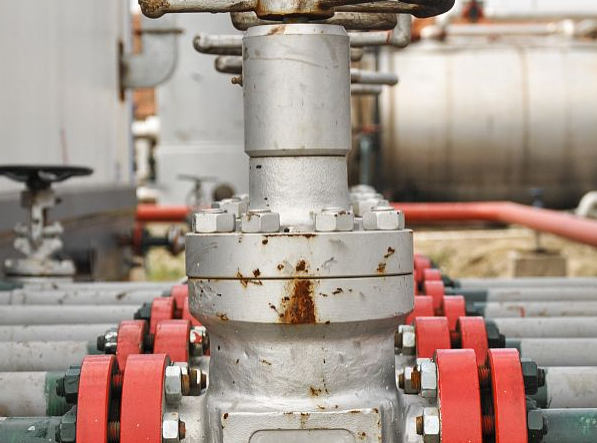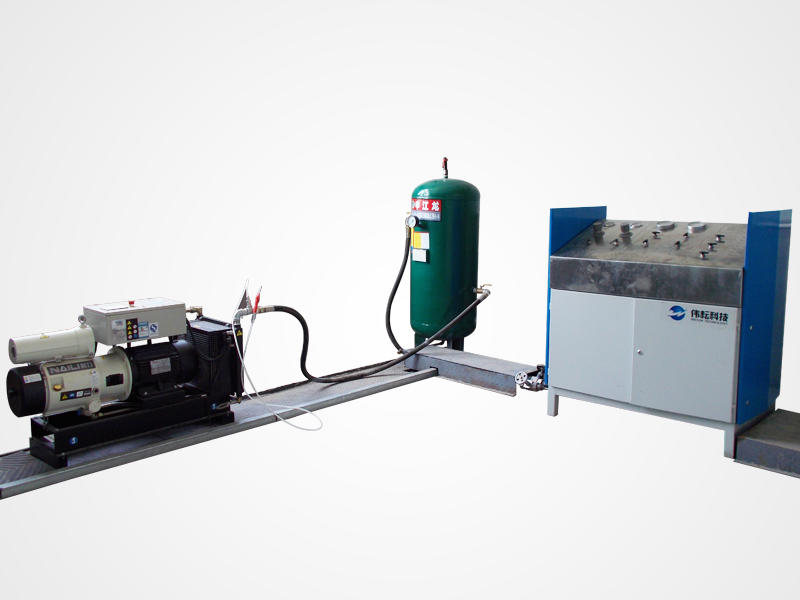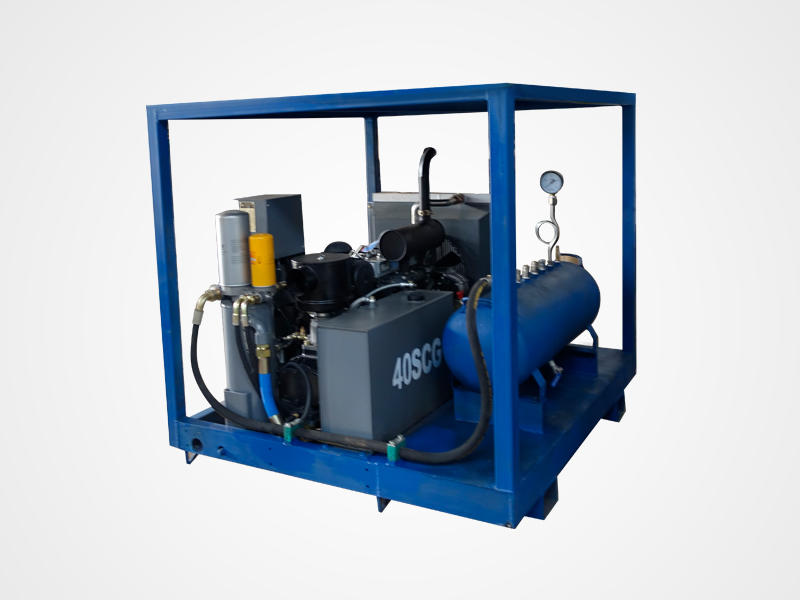5 Reasons About Using High Pressure Hose Testing Equipment to Improve Safety And Efficiency
In the dynamic and high-pressure environment of the gas and oil industry, safety and reliability are paramount. One crucial aspect of ensuring the integrity of operations is the use of high pressure hose testing equipment. These specialized tools play a vital role in mitigating risks, preventing accidents, and safeguarding personnel and assets. This article explores the significance of high pressure hose testing equipment in the gas and oil industry, highlighting its role in ensuring safety, regulatory compliance, preventing downtime, protecting assets, and mitigating risks.
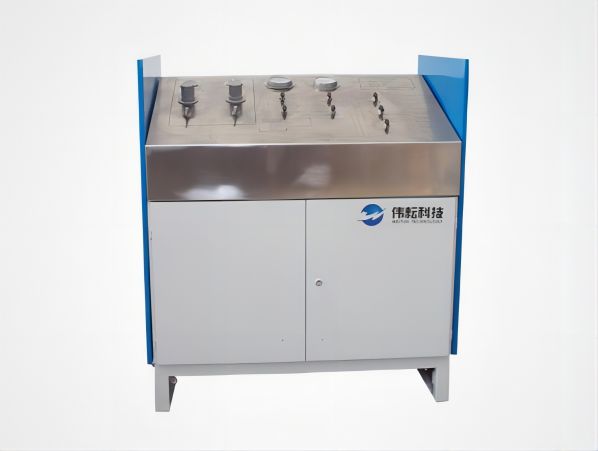
Safety Assurance in the Gas and Oil Industry
The gas and oil industry operates with highly pressurized fluids and gases, making safety a top priority. Any failure in hoses can have severe consequences, ranging from leaks and spills to equipment damage and potential injuries. High pressure hose testing equipment acts as a crucial safety assurance measure. By subjecting hoses to rigorous testing, it ensures their reliability under extreme pressure conditions, reducing the risk of accidents and injuries caused by hose failures.
Regulatory Compliance
The gas and oil industry is subject to stringent regulations to maintain safe operations. Compliance with industry standards is essential for organizations to demonstrate their commitment to safety. High pressure hose testing equipment plays a pivotal role in meeting these regulatory requirements. By conducting regular tests and validations, companies can ensure that their hoses meet the necessary safety standards and maintain compliance with regulations.
Preventing Downtime and Production Delays
Downtime and production delays can be costly setbacks in the gas and oil industry. Hoses are critical components involved in various operations, including fluid transfer, hydraulic systems, and well drilling. Unexpected failures can lead to significant downtime, causing delays in production and potentially affecting profitability. High pressure hose testing equipment plays a crucial role in preventing such issues. By identifying weaknesses or defects in hoses before deployment, companies can take preventive measures, reducing the likelihood of unexpected failures and minimizing downtime.
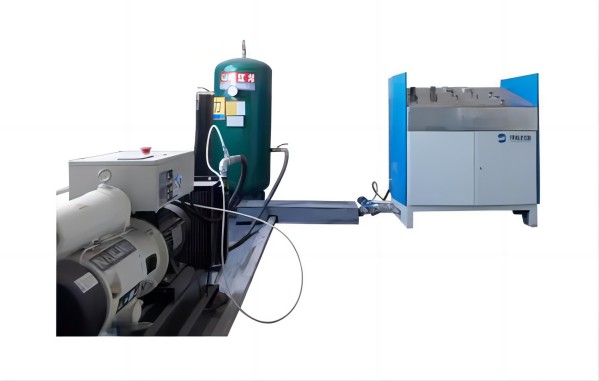
Asset Protection
The gas and oil industry relies on expensive equipment and machinery, all of which depend on high-pressure hoses for proper functioning. When hoses fail, they can cause damage to these valuable assets, resulting in expensive repairs or replacements. High pressure hose testing equipment helps protect these assets by detecting potential failures early on. By conducting regular tests, weaknesses in hoses can be identified, enabling proactive maintenance and safeguarding equipment from damage.
Risk Mitigation in Challenging Environments
The gas and oil industry operates in demanding environments, such as offshore platforms, refineries, and drilling sites. These environments expose hoses to extreme temperatures, corrosive substances, and high-pressure conditions. High pressure hose testing equipment plays a vital role in risk mitigation. By subjecting hoses to rigorous testing, it ensures their ability to withstand these challenging conditions. This proactive approach minimizes the risk of accidents, equipment damage, and environmental hazards.
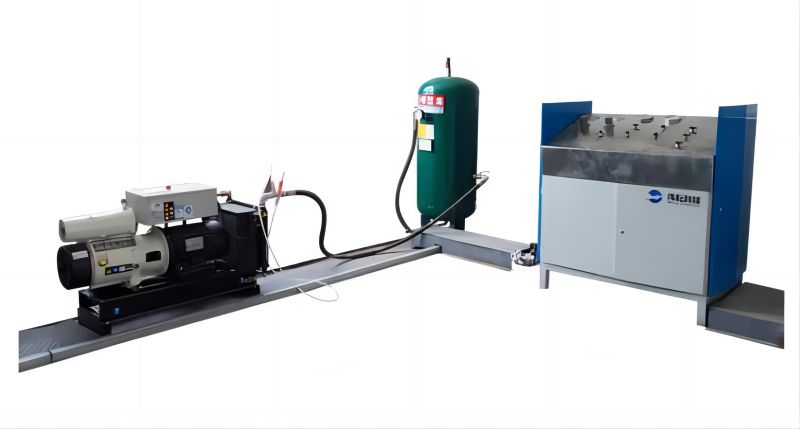
Conclusion
High pressure hose testing equipment is indispensable in the gas and oil industry. Its application ensures safety, and regulatory compliance, prevents downtime, protects assets, and mitigates risks associated with high-pressure operations. By implementing regular hose testing practices, organizations can enhance safety, demonstrate compliance with industry regulations, maintain operational efficiency, and protect valuable assets. In an industry where reliability is crucial, high pressure hose testing equipment serves as a proactive measure to safeguard personnel, equipment, and the environment. By prioritizing the use of this equipment, the gas and oil industry can continue to operate with confidence, maintaining safe and efficient operations.

